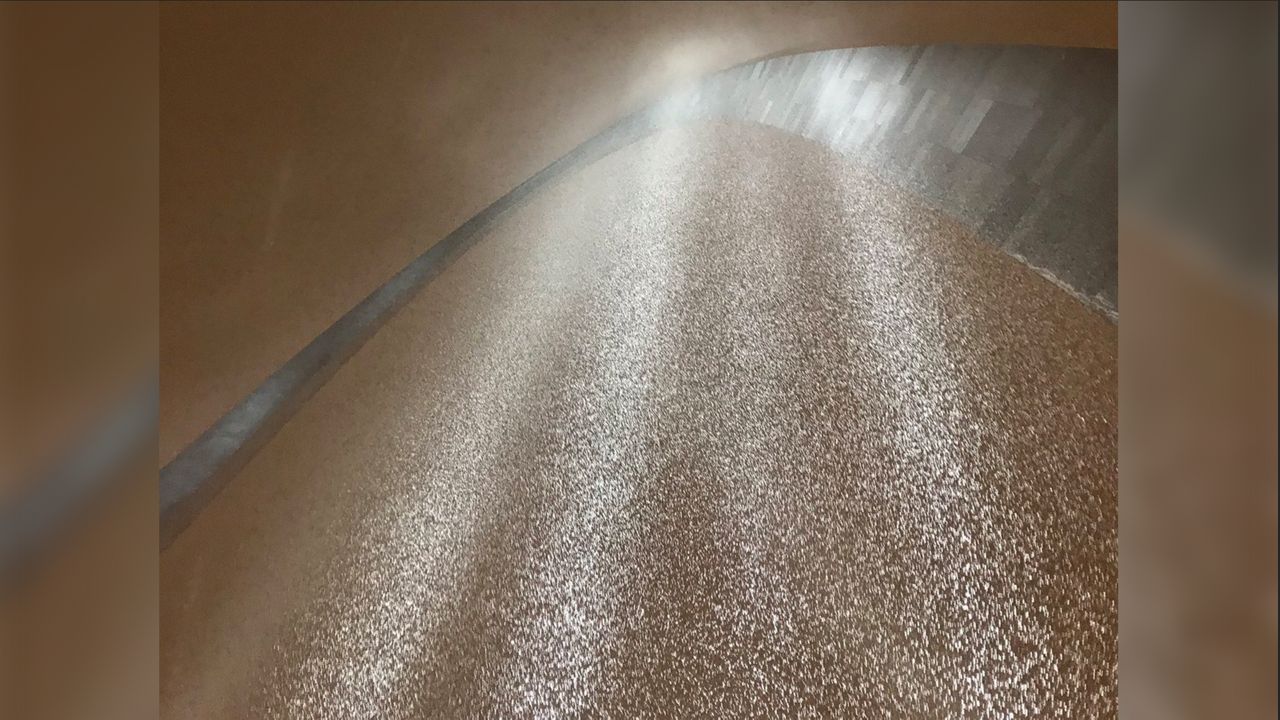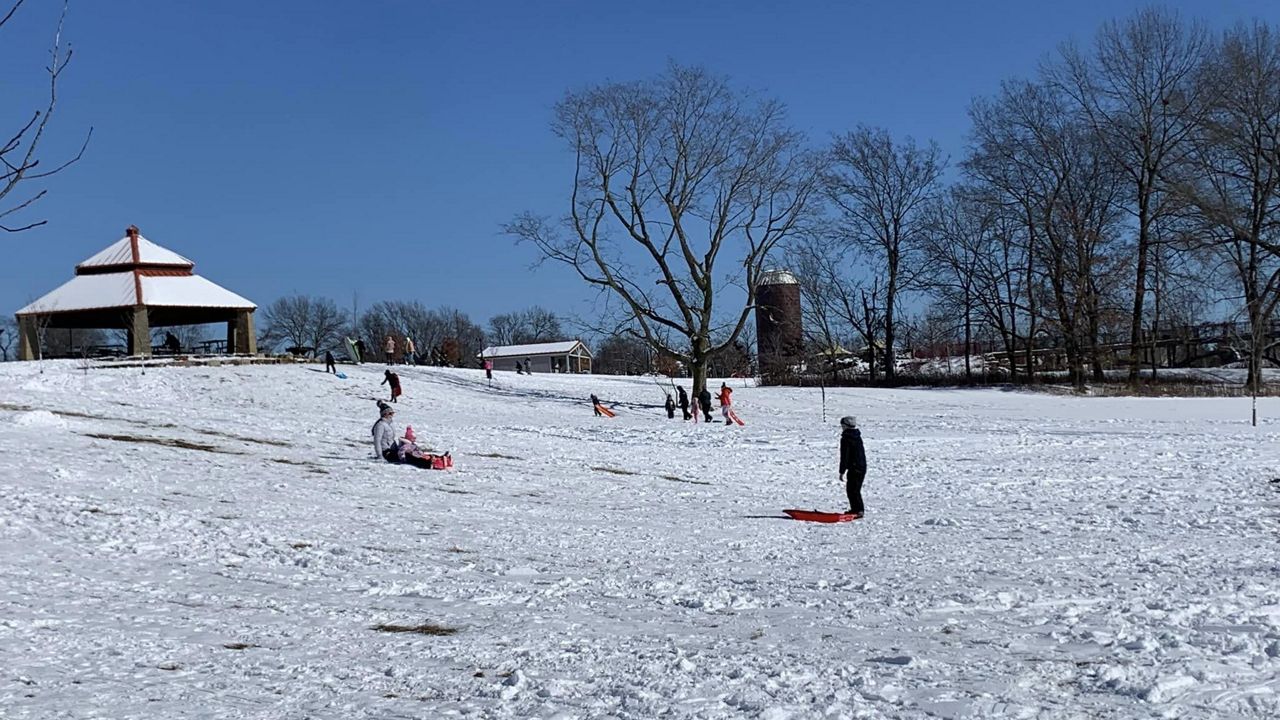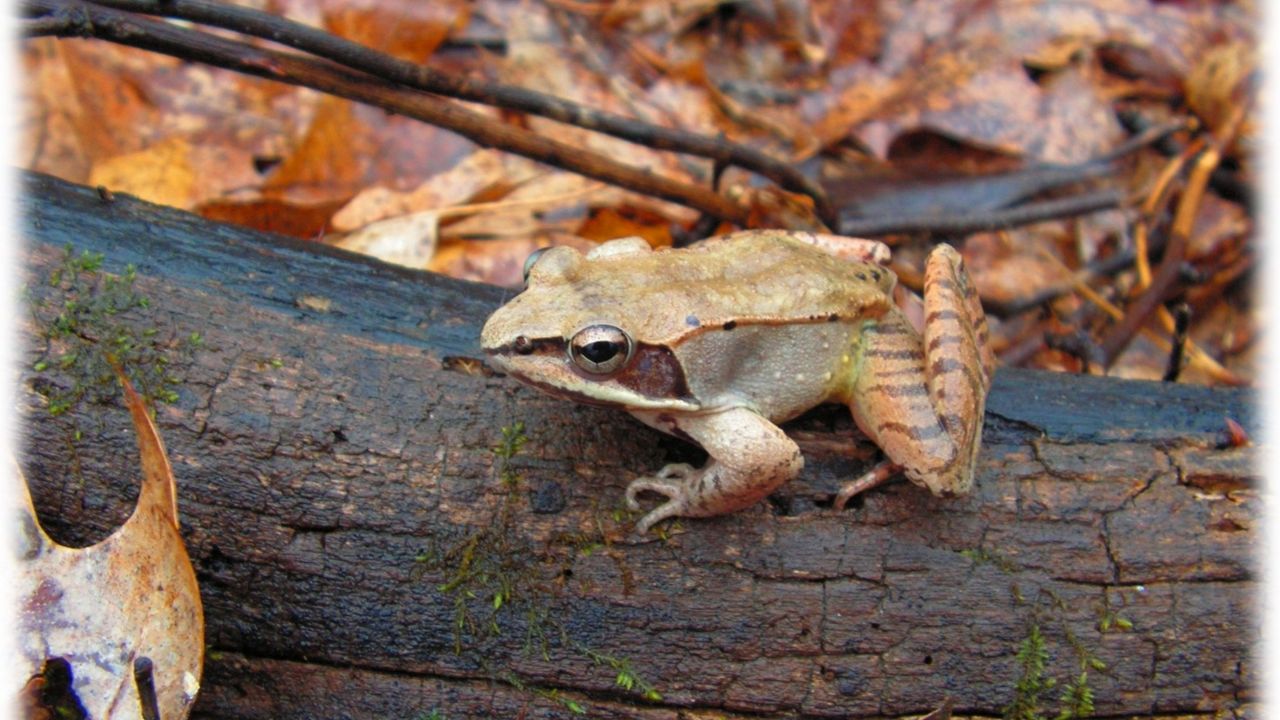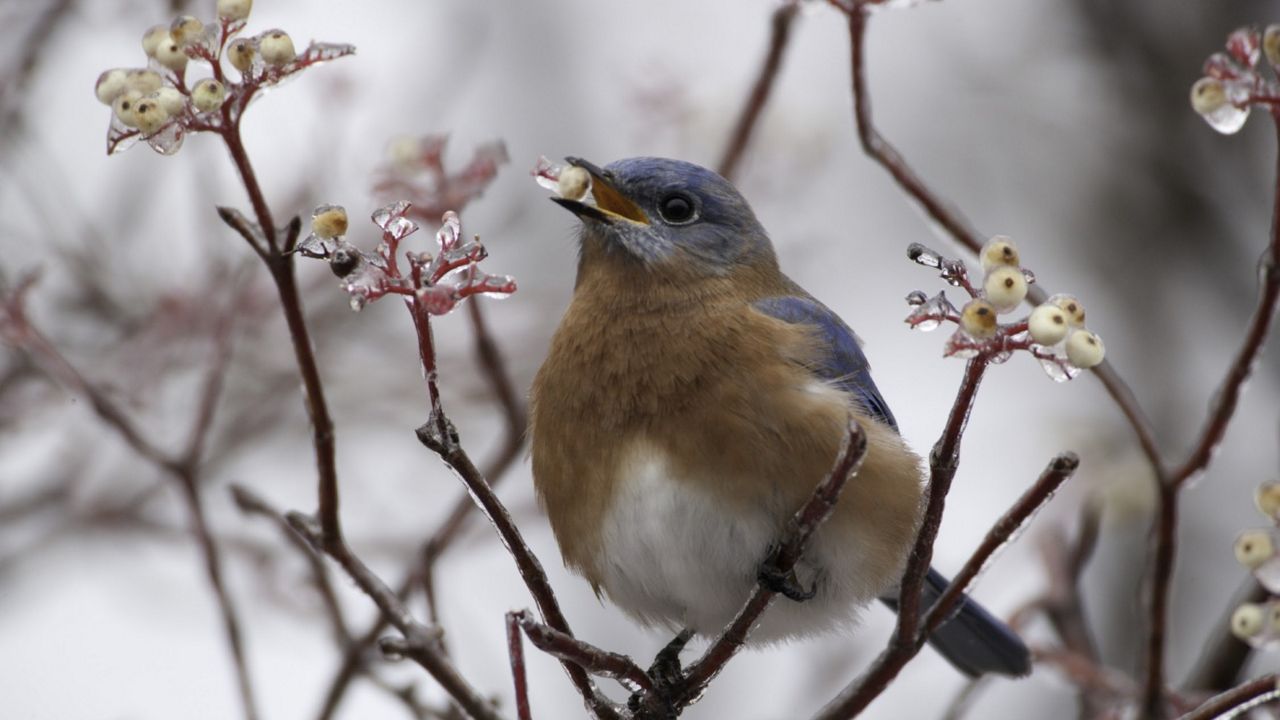It has felt like winter recently with temperatures in the 30s and 40s last week. The snow earlier this month helped to enhance the perception of winter too. Yet, the official start to the meteorological winter season doesn’t happen for another week and for astronomical winter, we have a month to go.
A recent winter outlook predicted February 2023 as the snowiest month for the winter 2022-2023, based on climate patterns and historical trends. That month would feature the coldest air and most moisture.
Climatologically, St. Louis averages around 16” of snow per year, so a single storm of 12 inches of snow or more would really impact the region.
Let’s revisit some winters of the past for the area to see if February is trended as the snowiest. I dug deep in the archives to see when the biggest snow storms impacted the St. Louis area. I even crowd sourced social media to see which storms people remember the most and why.
The unofficial biggest snow event occurred more than 130 years ago and it came as a surprise. March 30-31, 1890, recorded 20.4 inches of snow in the city of St. Louis. Described as a more localized event, the headlines from the paper describe it as “a queer local storm.”
Apparently, “a conflict existed between a low and high barometer.” This heavy, wet snow only piled up in areas surrounding St. Louis. Reports from close by cities included “a light fall” or a sprinkle.
Described as a “riddle” and declared as a “meteorological phenomenon” in the archives, this late-season storm delayed trains around the region by one to three hours. Hard to imagine us, at the time, walking around in knee-deep snow.
The officially largest snowfall in St. Louis occurred nearly 22 years later, on Feb. 20-21, 1912. 15.6 inches of snow fell in St. Louis. The tradition, which began a few earlier, had people of all ages sledding down Art Hill in Forest Park.
The third biggest snowstorm overall occurred on Jan. 30-31, 1982. This one had the most people chiming in about memories. 13.9 inches of snow fell in just 24 hours.
Tina Michelle Abell recalled that storm as an even bigger impact. “Definitely '82... I was 10 [years old] and we lived in the sticks...we had drifts of 4-5 ft...21” snowfall and were snowed in for 6 days and our pipes froze. We melted snow for water.”
For Maria McKenna, the snow exceeded the height of her little brother. “In 1982 I was 5 and the snowdrift outside our door was deeper than my little brother was tall!! In St Louis.”
For others, a recent storm triggered a memory. Liz McBrady remembers Jan. 2019 as “lots of snow one day and the next day left it behind for an Anniversary trip to Jamaica.”
McBrady may have made it out of town, but for most, they remained stuck on area roadways for up to 16 hours. According to the National Weather Service in St. Louis, the Jan. 11-13, 2019 storm dropped 11.4 inches of snow at the St. Louis Lambert International Airport.
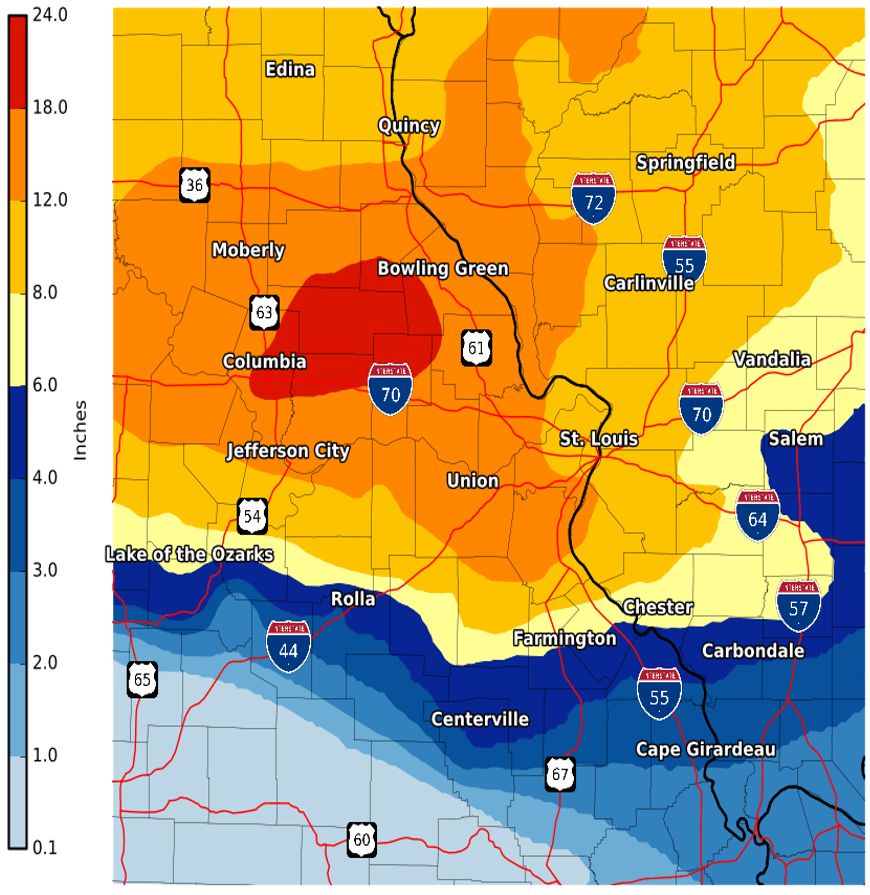
The storm arrived in our area at the worst time possible, evening rush hour on Friday afternoon, when the heaviest snow began falling. NWS reported snowfall rates in excess of 1 inch per hour, making those evening commutes even more difficult and stranded some motorists overnight on the roads.
“I had a coworker who was driving from Chesterfield to Desoto and was stuck on I-44 for over 8 hours,” explained Stephanie Huffaker.
St. Charles resident Ruthie Leftwich said her husband, who normally has a 45-minute commute, got stuck on the roads and took six hours to get home. She mentioned that she warned him to come earlier that day to avoid getting stuck.
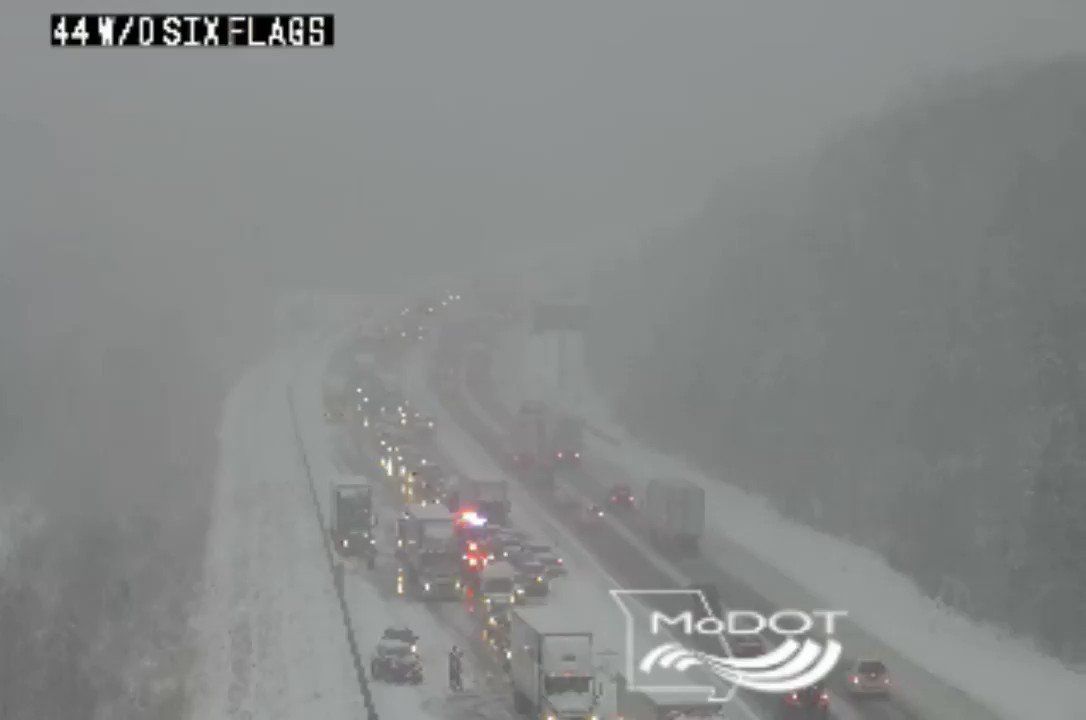
Julie Reinkemeyer, who lives in St. Louis County, had her 14-month-old in the car at the time as she drove home from preschool. “It took us four and a half hours to get home. It was terrible!”
Nora Davis left Kansas City for St. Louis, expecting the usual four-hour drive. “The 4-hour trip took 12,” she explained. Adding, “The slowest spot was around Chesterfield.
Mary Mitchell says she “left my husband’s office at 3 p.m. in Earth City and took us until after 8 p.m. to get home to 44 and Hampton area.”
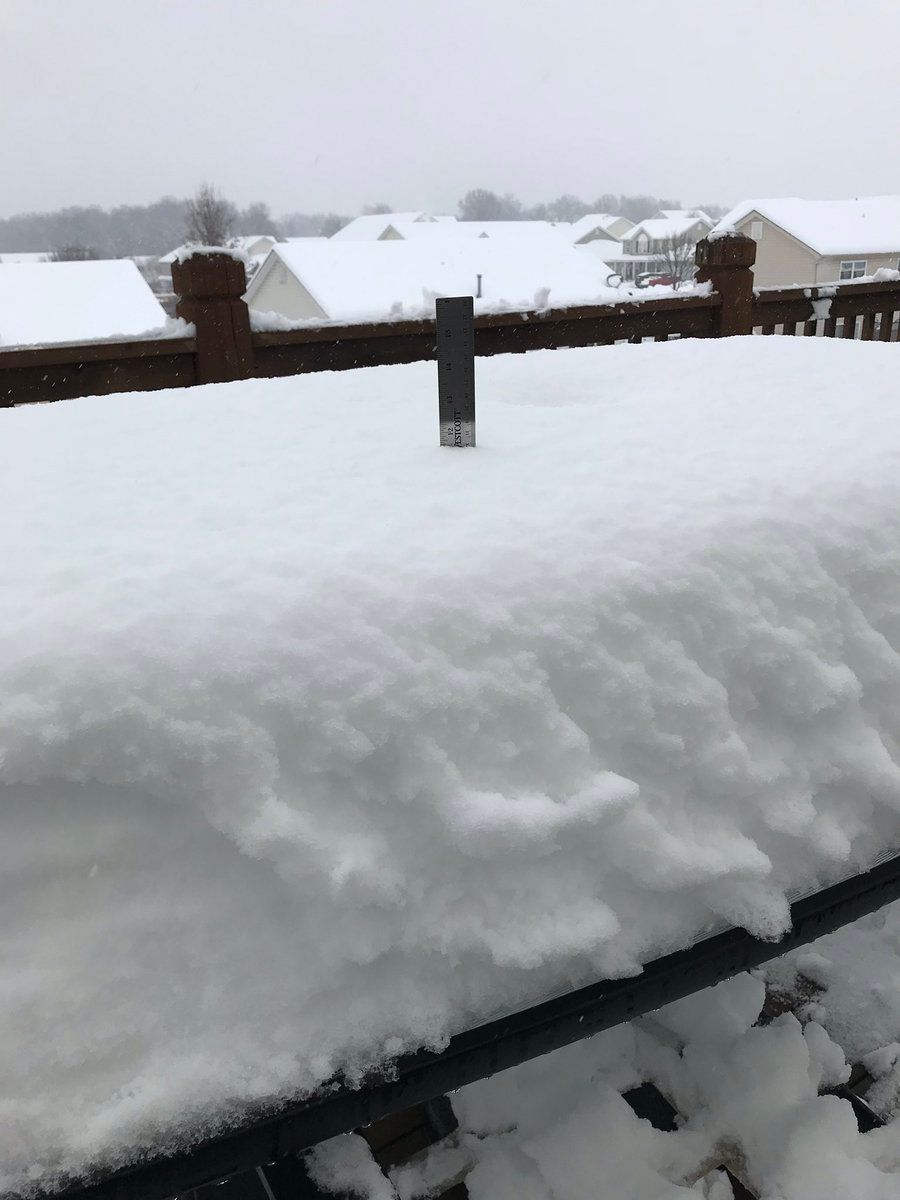
The Missouri State Highway Patrol responded to nearly 4,000 calls for help, rescuing around 1,800 stranded motorists, with an estimated 878 crashes on interstates and highways.
Unfortunately, those accidents injured 57 people and killed four people. Lambert Airport cancelled hundreds of flights through Saturday and up to 100,000 people, including in central Missouri, were without power at the height of the storm.
With Jan. 2019 as the last time snow measured nearly a foot in one storm, the big question remains, will the region see scenes like those described above, come this winter?
Our team of meteorologists dives deep into the science of weather and breaks down timely weather data and information. To view more weather and climate stories, check out our weather blogs section.





